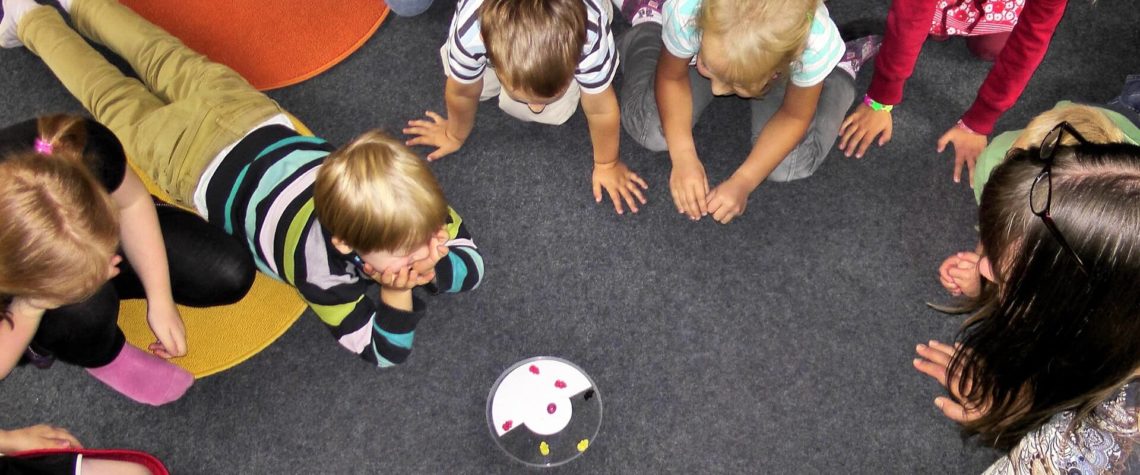The project Modeling at School aims at bringing two innovative issues to school practice. The first one is computer science modeling as a powerful tool and strategy for teachers and learners that can train 21st century skills like computational thinking, problem solving or creativity. The second one, the educational pyramid scheme, is a new didactical concept that allows integrating this innovative method – and innovation in general – in a relatively short time to a broad audience.
In this project we develop several outputs that address different target groups, mainly teachers, teacher educators, students, pupils and all stakeholders in the field of education. Besides an analysis of existing curricula in different subjects of primary and secondary education, we develop ready-to-use guidelines for teachers that introduce the basics of modeling techniques and explain how to use them at school in different subjects.
We further develop a framework (a generic curriculum) for the integration of modeling in existing curricula of primary and secondary education with sample activities for and references to different subjects. As we want to foster also digital literacy we develop tools for creating models and their assessment as well as an online collection of COOL teaching units and materials. For this collection, we hold numerous workshops with teachers and students in all participating countries in order to collect and develop varied teaching materials (e.g. step-by-step instructions and exercises, games, puzzles, task sheets etc.) that will be provided as free OER (Open Educational Resources) on our website also beyond the project. With the integration of the developed tools and the online collection into our workshops and school practice we want to train not only computational thinking but also digital literacy, which are both fundamental skills in the 21st century. In order to reach a broad audience in relatively short time and to guarantee the dissemination of modeling and computational thinking as transversal theme also in schools where no related subjects are offered, we develop an educational pyramid scheme, a teaching respectively dissemination concept inspired by the well-known commercial pyramid system.
The didactical framework for the teaching units, workshops and the development of materials is an effective teaching approach based on neurodidactical principles: COOL Informatics. To assure the quality of the planned local workshops as well as the teaching units and materials to be developed all participating partners get trained in the application of this brain-based teaching concept and its four principles (discovery, cooperation, individuality and activity) for lesson and task design as well as in modeling as learning and teaching tool. As soon as the modeling tools will be ready, a further learning/teaching/training activity will be held in order to train all partners in the use of these tools in the further workshops, at school and in teacher education.

